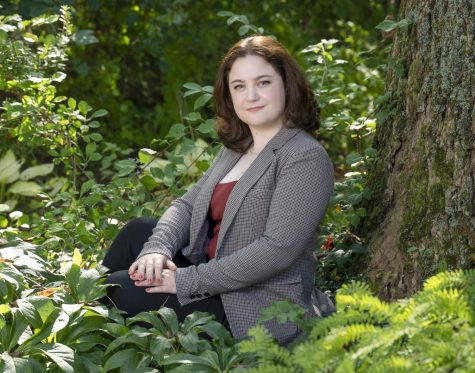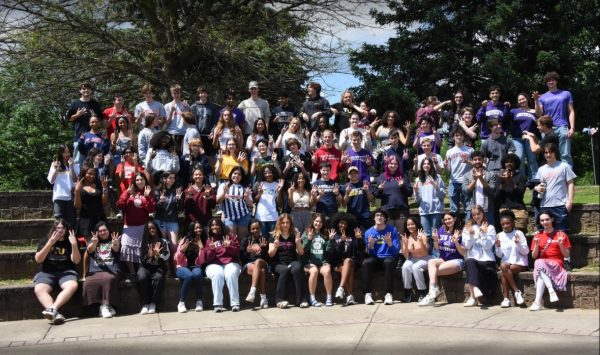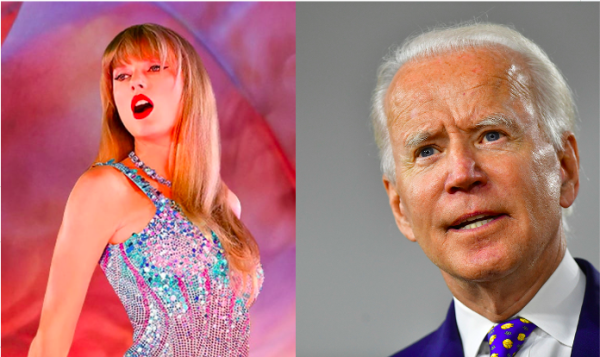An Analysis of Religion at SSFS
Title IV of the 1964 Civil Rights Act (https://www.ourdocuments.gov/doc.php?flash=false&doc=97&page=transcript) grants equal protections to students based on religion and prohibits harassment and discrimination in public schools and colleges – but what is our responsibility, as a private school, to provide students of religious minorities with equal education and protections?
To understand this, we first have to understand what issues impact students of religious minorities. In 2017, the non-profit and non-partisan organization ISPU, Institute for Social Policy and Understanding, published a 2017 American Muslim poll that highlights experiences of various religious groups’ experiences and opinions. (https://www.ispu.org/american-muslim-poll-2017/), The poll found that 43% of Muslim students and 25% of Jewish students faced some form of bullying at school, compared to only 6% of Catholics and 20% of Protestants. In the same poll, Muslim families reported that ¼ of religious-based bullying incidents involved a teacher. Though this would be strictly prohibited in public schools and colleges under Title IV, private schools don’t have the same restrictions. Sandy Spring Friends falls within this category, so it is up to as a school to hold other staff and students accountable for instances of religious intolerance. The SSFS Mission Statement (https://www.ssfs.org/about/mission-philosophy) says that it will “[provide] a welcoming and nurturing learning community”. As an institution moving towards equity and inclusivity in both the workplace and the classroom, it’s crucial for us to ask ourselves: is SSFS really meeting the expectations of this mission statement?
The issue with this question is that SSFS lacks a standard system (or “norm”) to report or discuss religious issues on campus, so the question cannot be fully answered. However, the 2019-2020 Diversity Audit (https://user-kuqtnay.cld.bz/SSFS-Diversity-Audit-Report/8/) report provides some context for issues facing our community, though not in the same depth as issues such as race and gender. It’s also difficult to find measurable issues facing religious minorities at school since many religions are underrepresented, however there are some indicators of issues facing non-Quaker or non-Christian students. Respondents reported that they were unsure who to go to at school for questions about religion, indicating a lack of diverse religious leadership. Students also reported that diverse hiring should include “more than just race.” This finding was among general concerns of lack of inclusivity and diversity compared to our school’s marketing claims.
The most notable part of the audit, however, is Q41: “the composition of our board represents diversity of: religion” Respondents gave an average score of 4.12 out of 6, 6 being the best possible score, which shows just how little the SSFS community has considered religious diversity. A score of 4 indicates, at least, some “diversity leadership in token positions.” According to the SSFS website (https://www.ssfs.org/about/meet-the-board), a majority of the Board members are required to be Quaker, 12 of whom are appointed by a Monthly or Yearly meeting. In the best case scenario, the other Board members (there are 23 total) show some religious diversity. However, this is incredibly unlikely. The board is “guided by Quaker testimonies”, making actions of the board already religiously-motivated. Given the Board’s “guidance” by Quaker dogma, tokenism might even be a stretch for the Board. Of course, not all respondents are required to know this. We almost never discuss our own policies. In fact, the only respondents that might take issue with the religious makeup of the Board are those of religious minorities- meaning that our score shows just how little diversity we really have at SSFS.
The audit in itself neglected the topic of religion compared to other issues such as race, gender, and economic status. It lacked focus groups based on religion and an equal amount of questions compared to other topics, such as race and gender. It also faced the issue that religious diversity is not clearly defined, as definitions of “diversity” change based on the religious group asked. On their own, self-report studies face inaccuracies due to their biased nature; every respondent will interpret the question differently, consciously or not. For this reason, more specific data can put religious experiences into perspective.
Looking at the data from the audit, or lack thereof, I can say that progress needs to be made, but is slowly coming with a new head of school and Office of Institutional Equity, Justice, and Belonging. It is important that the SSFS community first highlights and discusses issues related to religious identity, then works to resolve them. However, it pales in comparison to the messages it sends out to parents, community members, and incoming students. For Sandy Spring Friends School to function as the inclusive school that it claims to be, it must also take into account the experiences of religious students.

Gillian Stingley is a senior who has been writing for the Wildezine for four years. She is a Managing and Features editor for the '22-'23 school year....





